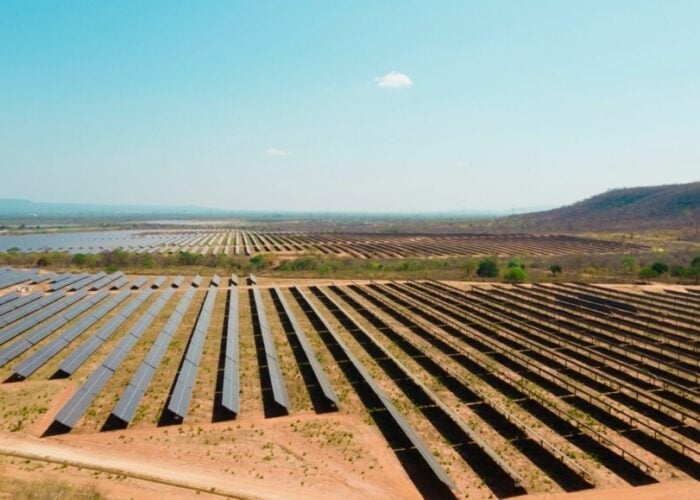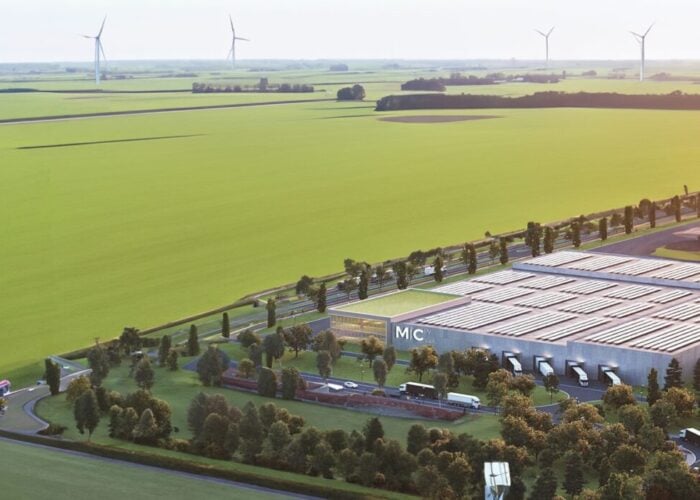Already incorrectly type-cast by the mainstream media as the illegitimate love child of failed copper indium gallium di selenide (CIGS) thin-film manufacturer, Solyndra, flexible CIGS thin-film start-up SoloPower has officially opened its first volume production plant in Portland, Oregon. Unlike other CIGS start-ups, SoloPower uses proprietary roll-to-roll processes via electro-deposition processing as its differentiator.
“The opening of SoloPower's state-of-the-art HVM facility in Portland increases our capacity to meet the energy demands of the world's commercial and industrial buildings, which consume 40% of global electricity,” said Tim Harris, CEO, SoloPower. “Both we and our customers are very excited: It's a huge market, our unique solutions expand that market, and now we have the ability to serve our customers who are looking for an easy-to-install, predictable, and cost-effective solution for their energy needs, no matter their continent.”
Try Premium for just $1
- Full premium access for the first month at only $1
- Converts to an annual rate after 30 days unless cancelled
- Cancel anytime during the trial period
Premium Benefits
- Expert industry analysis and interviews
- Digital access to PV Tech Power journal
- Exclusive event discounts
Or get the full Premium subscription right away
Or continue reading this article for free
“Portland congratulates SoloPower on the grand opening of its operations here, which are ultimately expected to employ 450 people. We have worked proactively and collaboratively to nurture the success of our local industry of which SoloPower is a growing part,” said Portland mayor, Sam Adams.
With the recent demise of one-time pioneer and market sector leader, Energy Conversion Devices and its a-Si flexible thin-film technology, a void has appeared that could potentially be filled by CIGS technology.
Importantly, CIGS should offer the opportunity to provide higher conversion efficiencies and lower-costs, once scaled to over 200MW, according to industry experts.
Of course, SoloPower will also have to overcome the ‘Valley of Death’ scenario, whereby start-ups have to take the technology from the lab to the fab to offer a competitive and commercially viable product.
The company had previously said it had been planning to start with 75MW capacity and ramp to 100MW.






